Herbs to Know, Herbs to Grow: Peppermint
Learn how to grow, harvest, use and preserve peppermint. Get peppermint growing in your garden now and take advantage of all its medicinal actions.
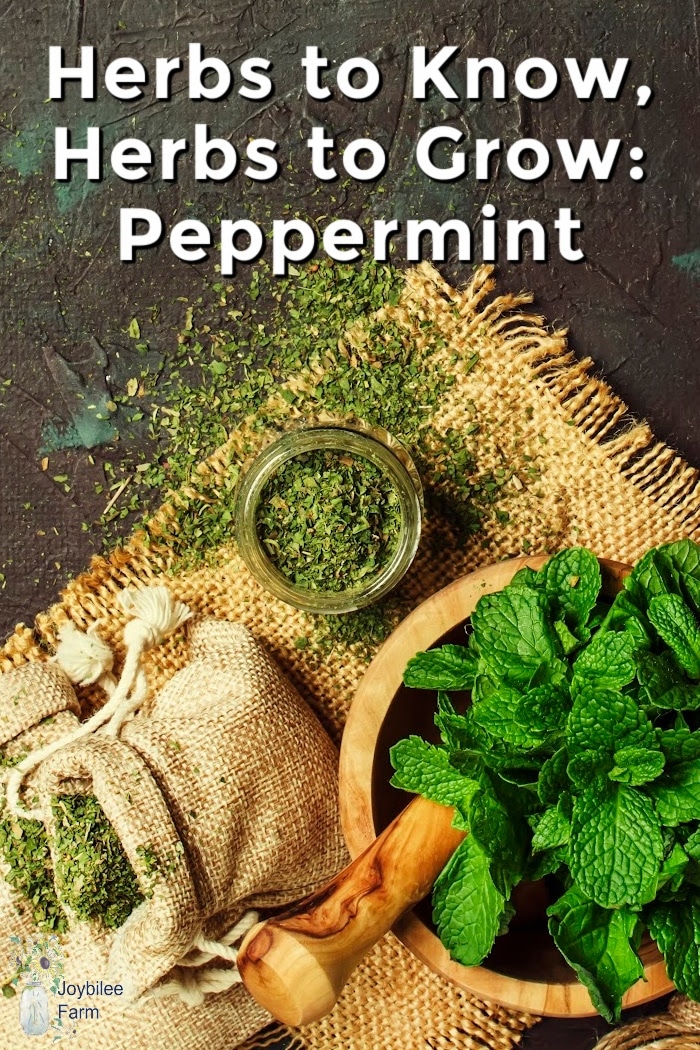
What do you think of when you hear the word “peppermint”? Do you think of the cooling cup of peppermint tea from the Stash tea line? Or the curiously strong Altoids mints you keep in your purse? Or perhaps you consider the fragrant herb that you brush past on the way through the garden gate at your neighbour’s house. Are you growing peppermint in your garden?
Peppermint is crazy easy to grow. It grows so aggressively that most garden books advise you to enclose the roots of peppermint in a pot to prevent it from taking over your garden bed. This is good advice if you garden on a small lot with minimal garden space, or if you live in a zone where mint thrives, with lots of water. Here on the mountain, in zone 3, with summer frosts, mint is one of the few herbs that will grow and overwinter, so we let it take over where it will. Mint has its bed, away from the vegetable garden, where it can thrive and where I can expect abundant harvests.
Which varieties of mint should I grow?
Are all mints peppermint? No there are many varieties of mint. Mint family plants can be identified by their square stems and opposite leaves. Most have a strong scent and flavour. Peppermint plants have a cooling taste and fragrance and are the first plant that comes to mind when we say “mint”. But mints hybridize easily.
There are several varieties of mint to choose from depending on your gardening zone. Richter’s herbs list 35 different mint varieties. Many of them were hybridized by Jim Westerfield in Illinois. These are more tender than the varieties that I can grow in zone 3, but worth it if you are warm enough.
Jim Westerfield’s Sweet Pear Mint™ tastes like minted pears. If you are in a zone 5 to 9 it’s a great mint variety to grow – available from Richter’s herbs. (If you are in the USA, Richter ships with a phytosanitary certificate.) It’s one of my favourite mints. Unfortunately, it is a short-lived perennial here in zone 3 — when I can get it to overwinter.
Chocolate mint has the fragrance of peppermint patties. It has a strong peppermint taste and aids digestion. Chocolate mint grows in zones 4 to 9. It dies back every year in my zone 3 climates but makes vigorous growth when the snow disappears. It is by far my favourite mint.
Applemint is another vigorous grower in zone 3. It grows 3 feet high and takes over the area where it is planted. The foliage is silver-green. It is a good variety for cooking and stomach aches. And its vigorous growth means you can cut it several times even in a short growing season. If you grow this variety, place its roots in a bottomless bucket to keep it contained, unless you have a forest garden where it can populate.
Note: If you grow several mint plants side by side, over time their flavours will mingle and they will lose their distinctive tastes.
How to plant mint
Mint likes water, so plant it where it will get the drips from the garden hose. Don’t relegate it to a corner of the garden where you’ll forget to water it. As I said, enclose the roots in a bottomless bucket if you want to contain its vigour. Or give it a spot in your garden away from where you want to grow vegetables. Dig a hole to hold the bucket where you want to plant your mint. Sink the bottomless bucket in the ground and fill it with soil. Firm the soil well. Then hollow a hole for the mint. Plant your mint, spreading the roots over the soil horizontally. Firm your mint plant well. Water it. That’s how easy it is.
Mint grows fast. You’ll be able to begin harvesting your mint in the same year that you plant it.
Peppermint is easy to propagate
You won’t have much success growing mint from seeds. Mint hybridizes easily with other mint plants. So you’ll have better success with a favourite mint, propagating clones, rather than saving seeds. Start with a mint that you love the flavour and fragrance of.
Divide already established plants in spring or fall, or take cuttings during the growing season and root them in water.
Mint roots easily from cuttings. Take a 4 inch cutting and strip the last inch of its leaves. Soak it overnight in water and then just place it in a growing medium. It will root in two weeks and start sending up new growth.
Mint can also be grown easily from a root division. Even a small sprig of mint with a piece of root attached will grow vigorously. Divide your mint in spring or fall, but you can also pot up some mint in the middle of summer, provided that you give it enough water. Mint loves to be divided.
Harvesting mint
Harvest your mint any time after the first stems appear in spring. When you nip off the growing tip, the stalk of mint will branch and send up two sprigs in the place of the one you harvested. Do this frequently during the growing season to inhibit flowering. Once the mint flowers, growth will slow down.
For winter teas harvest your mint plants before the flowers open so that the strongest flavour is in the leaves. You can also harvest the flowers for sweet tea, but the flavour is lighter and less intense.
Fresh or dried?
You can use your peppermint harvest fresh or you can dry it for winter use. If you are making tea with fresh mint leaves, use twice as much as you’d use dried mint.
Drying mint leaves for winter is easy. You don’t even need a dehydrator. Simply harvest your stems of mint. Gather the stems in a bundle with about 12 to 15 mint branches, per bundle. Tie the bundle together with an elastic band or a string. Hang it up in the shade in a place with good air circulation. Your mint leaves will be dry in about a week.
Store your mint
To store your dried mint, brush the fully dried mint leaves off the mint stem over a tray or baking sheet. Put the dried leaves in a mason jar. Cap with a tight lid. It will stay strong and fragrant for at least a year if protected from heat, light, air, and moisture, like other herbs and spices. Dried mint doesn’t need refrigeration to stay strongly flavoured.
When you want to use the leaves for herbs or tea, crush the leaves. By storing the leaves whole and crushing them right before use, you retain the volatile oils in the leaves, until you need them.
Medicinal actions of peppermint:
- Analgesic
- Anti-parasitic
- Antiseptic
- Astringent
- Carminative
- Cholagogue
- Cordial
- Digestive
- Emmenagogue
- Expectorant
- Febrifuge
- Insecticidal
- Nervine
- Sedative
- Stimulant
- Stomachic
- Vasoconstrictor
Mint reduces pain, aids digestion, stimulates and helps you think better. Grab a cup of mint tea to reduce the afternoon sluggishness, without the caffeine hit. (Thank you, I think I will.) Warm mint tea can help you when you have a cold or a cough. It helps you breathe easier and reduces that scratchy throat feeling. It clears mucus, too.
Have period cramps? Drink a cup of peppermint tea and it will ease the pain.
Getting the benefits of mint can be as simple as brewing a cup of hot peppermint tea, infusing peppermint leaves in vodka or vinegar, or using peppermint essential oil.
Mint leaves infused in vodka can be used as a beverage, used as a cooling toner, or as a liniment for sore muscles.
You can make mint sugar or mint extract using your mint leaves with these recipes from Ever Growing Farm. Or try a traditional English Mint Sauce Recipe or chocolate mint extract.
Check out these other ways to use mint in food and medicine:
Preserving Mint for Food & Medicine from Homespun Seasonal Living
Mint: An Aromatic Biblical Herb from Shatul Wellness
5 Herbal Teas from the Garden that you may have Overlooked from Joybilee Farm (including peppermint).
Summer salad recipes: Israeli salad recipe with fresh lemon-mint dressing from Joybilee Farm
How to Make and Use Mint Infused Honey from Homespun Seasonal Living
Lemony Lavender Mint Tea from Homespun Seasonal Living
DIY Mint Teas from My Healthy Green Family
12 Great Ways to Use Mint and Tips for Growing It from Learning and Yearning
More ideas for using fresh mint leaves from The Nerdy Farm Wife
The Medicinal Mint Family from The Herbal Academy of New England (my favourite herb school)
Indulge Your Sweet Tooth With Real Peppermint Hot Cacao also from HANES.
Get peppermint growing in your garden now and take advantage of all its medicinal actions. Better than Altoids, with more variety than Stash peppermint tea.
Learn more about using herbs for health and wellness from my Book
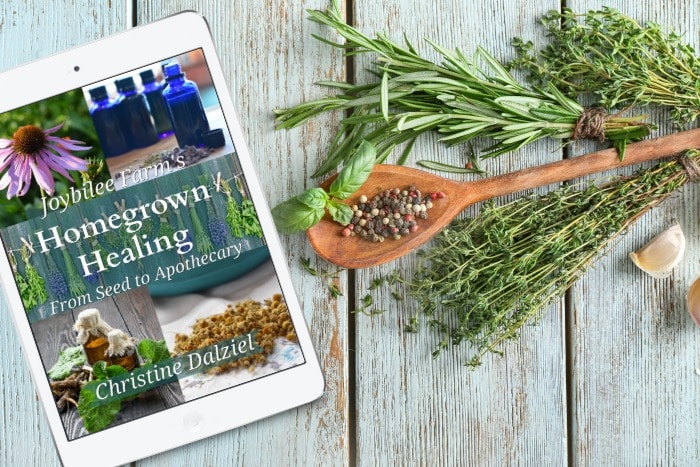
Homegrown Healing From Seed to Apothecary
My book Homegrown Healing From Seed to Apothecary will help you grow healing herbs in your garden. Focusing on the easiest plants for beginners to grow, Homegrown Healing From Seed to Apothecary covers 30 plants, recommended by professional herbalists, that can be grown in the temperate zone. Initial garden preparation, garden design and harvesting tips lead the novice herbalist into early success. Choose which herbs to grow, learn how to use these herbs for your family’s health and wellness using the guidance in my book. You can find out more about this useful guide to growing more herbs and using them strategically here.


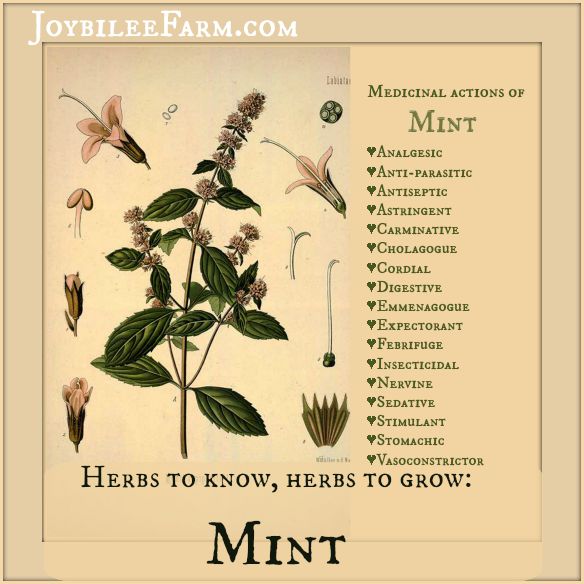
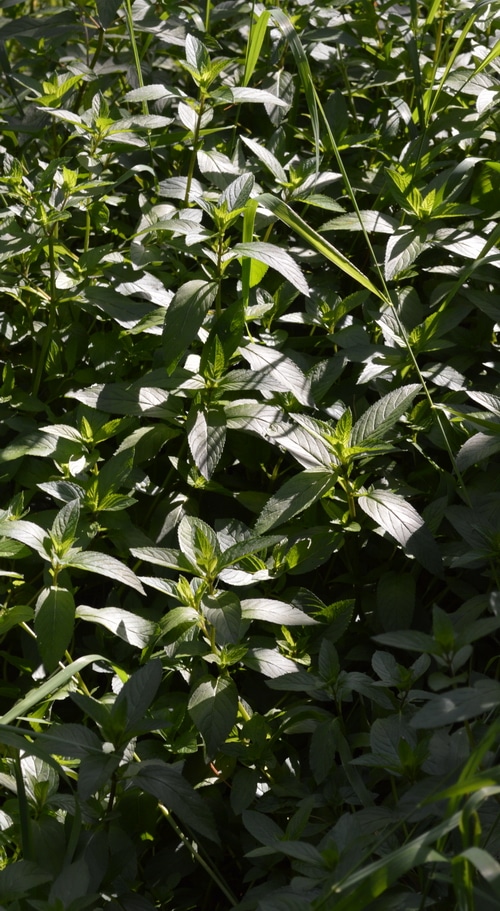
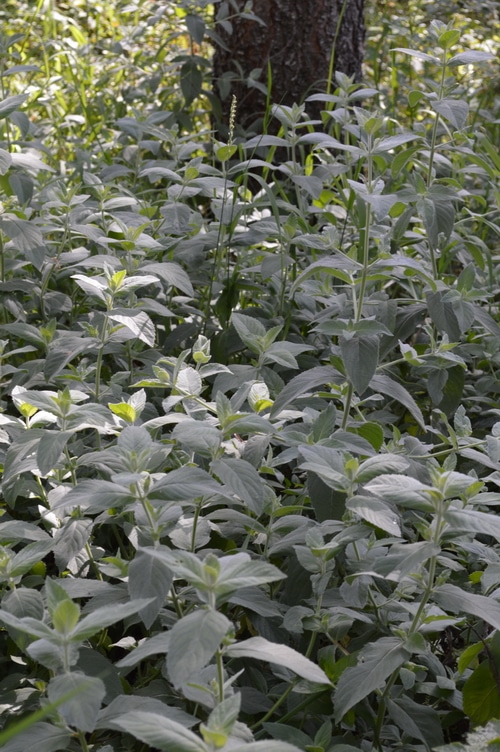
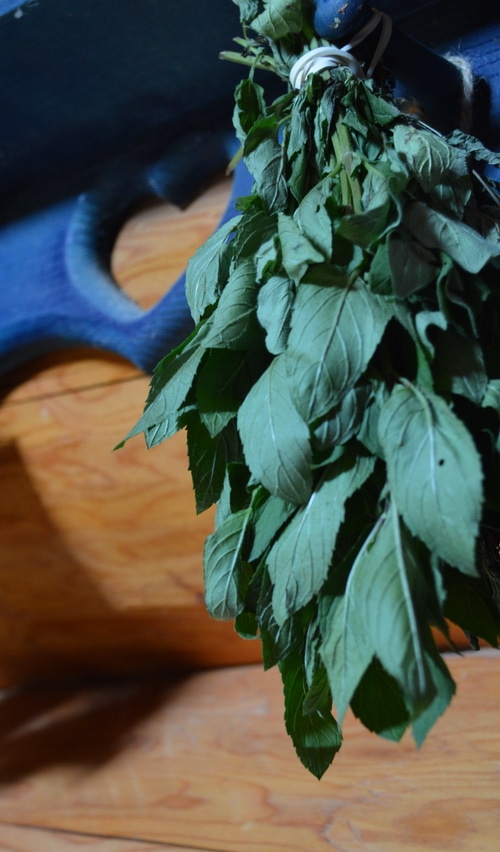



I tried peppermint and lemon balm. They are growing FAST. I pull them out roots and all. I put them in my chicken coop to keep it smelling better. I also put some under my deck out back, because I read rats don’t like it’s smell.
I was given some bee Balm, never thought of it being a mint too.
Great post! Have nice day ! 🙂 bnlcw
dear ms joybilee, can you tell me how to use peppermint as an antiparasitic? thank you so much